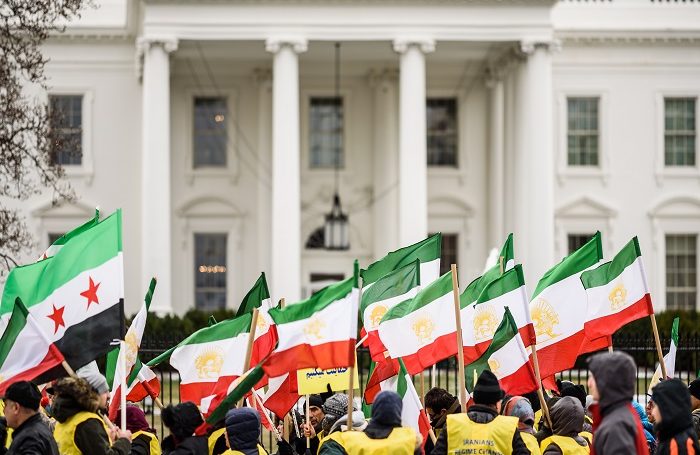
The protests that began in the Iranian city of Mashhad on the 28th of December 2017, quickly spreading to other cities, were the biggest challenge to the regime since the Green Revolution that took place after the 2009 disputed elections. However, while the 2009 uprising lasted for months and involved more than a million people, the recent protests have only numbered in thousands and dwindled after a week. Why did the recent protests fail to yield a full uprising?
We know from research that an effective protest is based on the ability to mobilize and sustain a large number of people. Large numbers provide leverage and the ability to undermine the legitimacy of the government. Mass participation also provides safety, helping would-be protesters to overcome fears and express previously privately held grievances. Large and diverse participation provides access to various social groups across gender, class, ethnicity, age, and the rural-urban divide. In fact, no regime has survived when a movement has managed to get 3.5% of the population to participate in non-violent resistance. In Iran, this threshold equates to 2.8 million people, which is an extremely difficult number of people to mobilize.
Both the characteristics of the protests and the response by the regime help to explain why recent protests did not develop into numbers witnessed in 2009. The recent protests initially occurred outside Tehran, with mostly young and working-class participants, amid rising commodity prices, ongoing economic hardships, and high youth unemployment. These protests also included some disillusioned government supporters. In contrast, the 2009 uprising was led by the middle-class and reformists in Tehran, who perhaps taken by surprise, did not participate in the recent protests. Although the recent protests quickly spread to other urban centres, they have not gained mass support by expanding to other important social groups, making it easier for the regime to isolate the protesters. During the Arab Spring, the mobilization of various social groups including the working and middle-classes was essential for the emergence of uprisings in Tunisia and Egypt.
Their disorganized nature meant that the recent protests emerged quickly, but had no clear common goals or leadership, which made continued action unsustainable. On the other hand, the 2009 protests had an organised leadership with a clearer strategy. There have also been reports of rioting and damage to property in the recent protests. For activists, the failure to maintain non-violence allowed the government to justify its use of repression and also alienated the would-be protesters.
The Iranian regime has deployed a determined strategy to undermine the protests, which resembles the government reaction to the 2009 uprising. Firstly, the regime has consistently understated the exact number of protesters which may have deterred others to join in. The Islamic Revolutionary Guard has claimed that there have been only 15,000 protesters whereas the Interior Minister placed the figure at 42,000. While there might have been more protesters, this is clearly hard to verify. This was coupled with pro-government protests, a tactic that has also been used in Venezuela to promote government legitimacy.
The regime has also made strong threats. Leaders have been threatened with death penalty and protesters have had to face state repression. This increases the perceived cost of participating in the protests. In all, at least 500 people have been arrested and 21 people have been killed. In addition to these threats, the regime has also blocked key social media sites, which played a key role in the 2009 uprising.
Finally, as in 2009, the regime has been quick to blame external influences, especially the United States, in a clear attempt to undermine the legitimacy of the protests and draw attention away from Iran’s domestic issues.
In sum, the protests failed to spread to other key social groups in Iranian society; and the Iranian authorities, learning from the 2009 uprising, have managed to quickly suppress the dissent.
Further Reading on E-International Relations
- Opinion – The Iranian Regime’s Continuing Oppression Amid Growing Protests
- Opinion – Iranian Soft Power in a Post Soleimani Era
- Opinion – The Sino-Iran 25 Years Agreement: Why, and Why Now?
- Opinion – Iran 2020: Election Polls, Panics and Predictions
- “No Friend of Iran”: Tehran’s Responses to the Taliban’s Return to Power in Afghanistan
- Opinion – Environmental Loss and Repression in Iran